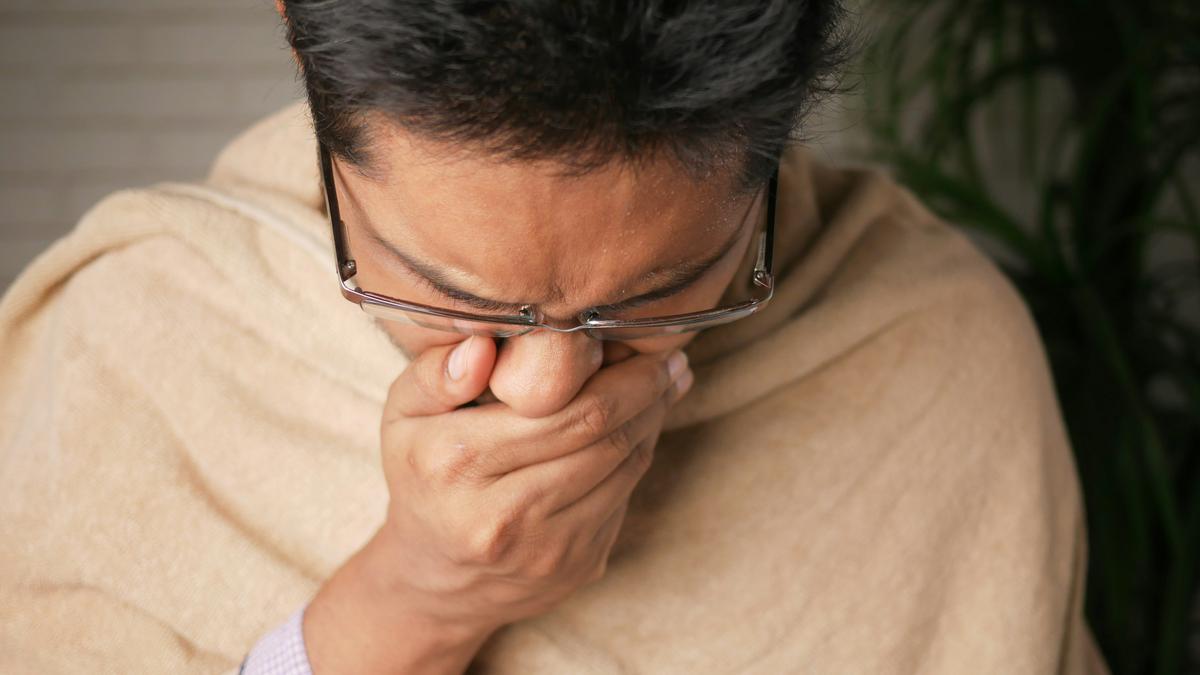A loud firecracker, measured from 10 feet away, has an intensity of 140 dB.
| Photo Credit: FIle photo
The festival of Deepavali is behind us now. All our festivals bring us joy, and the festival of light is also accompanied by a great deal of sound. There are pleas for the use of green crackers to bring down harmful emissions such as sulfur dioxide, and to reduce the noise created when they are ignited. These have been mandated by the Supreme Court, with detailed specifications such as a ban on the manufacture and sale of firecrackers that are joined into long rows. But every passing year, their loud sounds continue to be heard in festival seasons.
Public attention is focused on the resultant air pollution, but of equal concern is the damage that very loud sounds can do to our hearing. Going beyond firecrackers, the year-round noise levels also get less attention than other forms of pollution. It is as if noise is more easily accepted as part of our surroundings, and acceptance is even easier when you are yourself creating the noise.
Sound travels in waves that carry energy. The more energy, the more intense the wave, and the louder the sound. The decibel scale is used to measure the loudness of sound. It is a logarithmic scale, so when the sound level is measured to have risen by10 dB, the sound is ten times more intense. On the decibel scale, the threshold of human hearing is set at 0 dB. A whisper measures 30 dB, and normal speech is 60 dB.
Hearing loss
A loud firecracker, measured from 10 feet away, has an intensity of 140 dB. This can easily damage the hair cells in the cochlea of the ear, which receive vibrations from the eardrum and convert them to nerve signals. Damage to these hair cells makes them less sensitive to sound. As a result, louder sounds are required before a hair cell can respond and nerve impulses are sent to the brain. The hair cells can recover somewhat from moderately loud sounds. However, unlike our skin cells, these cells are incapable of regeneration. Repeated assaults can make recovery difficult, resulting in noise-induced hearing loss.
Loud bangs are a serious hazard for the sensitive ears of young children, because even moderate hearing loss can impair their ability to learn. The acoustic trauma of overexposure to noise often leads to tinnitus, a ringing in your ears. This ‘sound’ is a sign of anomalous electrical activity from damaged hair cells. The ringing usually subsides, but prolonged exposure to noise events can make it a permanent feature of your life. Of course, tinnitus can also be present in the elderly, arising from age-related wear-and-tear.
Occupational noise
Long exposures to moderate-intensity sound levels can lead to hearing loss as surely as loud bangs will. Road traffic in Indian cities has been measured to range from 60 to 102 dB in a day. A 2008 study in the Indian Journal of Occupational and Environmental Medicine on Hyderabad city traffic policemen with five years of service has found varying degrees of hearing loss in all of them, as reported by Subroto Nandi and Sarang Dhatrak in their survey of occupational noise in India.
Preventive measures, such as the wearing of earplugs, help reduce the risk of hearing loss. Some professions, such as the construction industry, have been adopting these where required, but the practice needs to be more widespread. Perhaps, even before green crackers prevail, earplugs will someday be a common sight on festival nights.
(The article was written in collaboration with Sushil Chandani, who works in molecular modelling. sushilchandani@gmail.com)
Published – December 01, 2024 06:00 am IST







